|
Writers can place dialogue tags before, between and after speech – there’s no right or wrong way to do it. Tag-first speech does have a different feel to it though, particularly when the construction is used frequently. This post explores the impact on your novel.
|
|
They veered onto a side street off Storgatan.
Jorge's phone rang. Paola: "It's me. Que haces, hermano?" Jorge thought: Should I tell her the truth? "I'm in Södertälje." "At a bakery?" Paola: J-boy loved her. Still, he couldn't take it. He said, "Yeah, yeah, ‘course I'm at a bakery. But we gotta talk later—I got my hands full of muffins here." They hung up. |
Lapidus has front-loaded dialogue tags and thoughts in this excerpt, and it’s an excellent example of psychic distancing in action. The centring of the characters rather than the speech gives the prose a detached, clinical feel that shows rather than tells mood.
Jorge is a drug-dealer operating in Stockholm’s shady underworld. He’s only just out of jail but already he’s frustrated with a life of honesty. In fact, he’s got only one thing on his mind: easy money.
The wider psychic distance means we get to see the world through Jorge’s eyes but without getting too close to him. Perhaps Lapidus doesn’t want us to empathize with him too much. Instead, he widens the psychic distance just enough that we can make up our own minds about whether Jorge deserves the trouble coming his way.
Lyricism
Repeated use of front-loaded tags with short bursts of dialogue can introduce a lyricism into prose whereby the tags function as more than just indications of who’s speaking. They become part of the poetry.
This approach can work particularly well with parody, satire and comedic prose.
EXAMPLE
Mari said, ‘No.’
Ahmed said, ‘Yes.’
Sol said, ‘Maybe.’
Dave said, ‘I couldn’t give a shit. Is that the best you’ve got?’
Arthur said nothing, just yawned.
The bell rang. Suitably insulted, I raised the SIG, shot each student in the head, and retired to the staff room.
Notice how the multiple front-loaded dialogue tags are performing anaphorically. Anaphora is the purposeful repetition of words or phrases at the beginning of successive clauses.
It’s often used in poetry and speeches. When it’s used in novels, that repetition draws the reader's eye and can show rather than tell mood – boredom, monotony or, as in this case, disinterest. The tags are therefore key to the lyricism, and as important as the speech.
Summing up
The key is to consider what purpose your tag is serving and how it can best amplify the speech, evoke mood, and improve rhythm.
Cited sources
- Barclay, l., Parting Shot, Orion; 2017 (p. 380)
- Boyd, W., Solo: A James Bond Novel, Vintage, 2014 (p. 260)
- Crosby, SA, Blacktop Wasteland, Headline, 2021 (Chapter 1, Kindle edition)
- Lapidus, J, Life Deluxe, Pan, 2015 (Chapter 1, Kindle edition)
- Rosenfelt, D, Collared, Minotaur Books, 2017 (Kindle edition)
Fiction editing training: Books and courses
- Editing Fiction at Sentence Level (book)
- Fiction editing and writing resources (online library)
- How to Line Edit for Suspense (multimedia course)
- How to Write the Perfect Fiction Editorial Report (multimedia course)
- Narrative Distance: A Toolbox for Writers and Editors (multimedia course)
- Preparing Your Book for Submission (multimedia course)
- Switching to Fiction (multimedia course)
- What is anaphora and how can you use it in fiction writing? (blog post)
She is an Advanced Professional Member of the Chartered Institute of Editing and Proofreading (CIEP), a member of ACES, a Partner Member of The Alliance of Independent Authors (ALLi), and co-hosts The Editing Podcast.
- Get in touch: Louise Harnby | Fiction Editor & Proofreader
- Connect: Twitter at @LouiseHarnby, Facebook and LinkedIn
- Learn: Books and courses
- Discover: Resources for authors and editors
This is all excellent clarity and advice. I would add another: the No Tag. I see adding description to the tag, but often I find it most effective to REPLACE the tag with description. Since characters in conversation do not speak in the same paragraph, the paragraph breaks help separate which character is speaking. Thus, when you have paragraphs Bob said, "... then Cindy said, "... and go back and forth, the next paragraph can be "Ted joined the group after work. 'What's going on, guys?'" You know clearly that Ted just spoke without having to add "said as he joined the group" or some other iteration. So, description instead of a tag is often the BEST way to help visualize without bogging the flow with unnecessary tags. Thanks for a great post!
Absolutely agree! I cover than in another post on action beats.
Hi Louise,
Thank you for your informative and detailed blog posts: they are a great help and my go-to source for advice. I have a question about how to punctuate dialogue with front-loaded speech tags in the following two example scenarios:
Can the action continue after speech in the same paragraph, or does a new paragraph always have to begin after the dialogue? Especially in this scenario with a short interpolation:
Miriam was waiting for the bus. After half an hour, she cried 'Yes!' The number 208 had just come round the corner.
– Alright to leave the comma out before 'Yes!'?
– Should there be a full point after the closing quotation mark?
– Should 'The number 208...' always start a new para?
Secondly, I would value your thoughts about short dialogue that is sandwiched in the middle of a sentence:
My boss said, 'That'll serve Jim right,' but he hadn't seen Jim standing behind him.
– Should there be a comma before the speech?
– Should the speech end in a comma and lowercase for 'but', or should the speech always end in a full point/exclamation mark/other closing punctuation because it is not followed by a speech tag? So: right.' But he hadn't...
Thank you for much for your help!
Katie
Leave a Reply.
BLOG ALERTS
TESTIMONIALS
Dare Rogers
'Louise uses her expertise to hone a story until it's razor sharp, while still allowing the author’s voice to remain dominant.'
Jeff Carson
'I wholeheartedly recommend her services ... Just don’t hire her when I need her.'
J B Turner
'Sincere thanks for a beautiful and elegant piece of work. First class.'
Ayshe Gemedzhy
'What makes her stand out and shine is her ability to immerse herself in your story.'
Salt Publishing
'A million thanks – your mark-up is perfect, as always.'
CATEGORIES
All
Around The World
Audio Books
Author Chat
Author Interviews
Author Platform
Author Resources
Blogging
Book Marketing
Books
Branding
Business Tips
Choosing An Editor
Client Talk
Conscious Language
Core Editorial Skills
Crime Writing
Design And Layout
Dialogue
Editing
Editorial Tips
Editorial Tools
Editors On The Blog
Erotica
Fiction
Fiction Editing
Freelancing
Free Stuff
Getting Noticed
Getting Work
Grammar Links
Guest Writers
Indexing
Indie Authors
Lean Writing
Line Craft
Link Of The Week
Macro Chat
Marketing Tips
Money Talk
Mood And Rhythm
More Macros And Add Ins
Networking
Online Courses
PDF Markup
Podcasting
POV
Proofreading
Proofreading Marks
Publishing
Punctuation
Q&A With Louise
Resources
Roundups
Self Editing
Self Publishing Authors
Sentence Editing
Showing And Telling
Software
Stamps
Starting Out
Story Craft
The Editing Podcast
Training
Types Of Editing
Using Word
Website Tips
Work Choices
Working Onscreen
Working Smart
Writer Resources
Writing
Writing Tips
Writing Tools
ARCHIVES
July 2024
June 2024
May 2024
April 2024
March 2024
October 2023
August 2023
July 2023
June 2023
May 2023
April 2023
March 2023
January 2023
December 2022
November 2022
October 2022
September 2022
August 2022
July 2022
June 2022
May 2022
April 2022
March 2022
February 2022
January 2022
December 2021
November 2021
October 2021
September 2021
August 2021
July 2021
June 2021
May 2021
April 2021
March 2021
February 2021
January 2021
December 2020
November 2020
October 2020
September 2020
August 2020
July 2020
June 2020
May 2020
April 2020
March 2020
February 2020
January 2020
December 2019
November 2019
October 2019
September 2019
August 2019
July 2019
June 2019
May 2019
April 2019
March 2019
February 2019
January 2019
December 2018
November 2018
October 2018
September 2018
August 2018
July 2018
June 2018
May 2018
April 2018
March 2018
February 2018
January 2018
December 2017
November 2017
October 2017
September 2017
August 2017
July 2017
June 2017
May 2017
April 2017
March 2017
February 2017
January 2017
December 2016
November 2016
October 2016
September 2016
June 2016
May 2016
April 2016
March 2016
February 2016
January 2016
December 2015
November 2015
October 2015
September 2015
July 2015
June 2015
May 2015
March 2015
February 2015
January 2015
November 2014
October 2014
September 2014
August 2014
July 2014
June 2014
March 2014
January 2014
November 2013
October 2013
September 2013
August 2013
June 2013
February 2013
January 2013
November 2012
October 2012
September 2012
August 2012
July 2012
June 2012
May 2012
April 2012
March 2012
February 2012
January 2012
December 2011
|
|
|


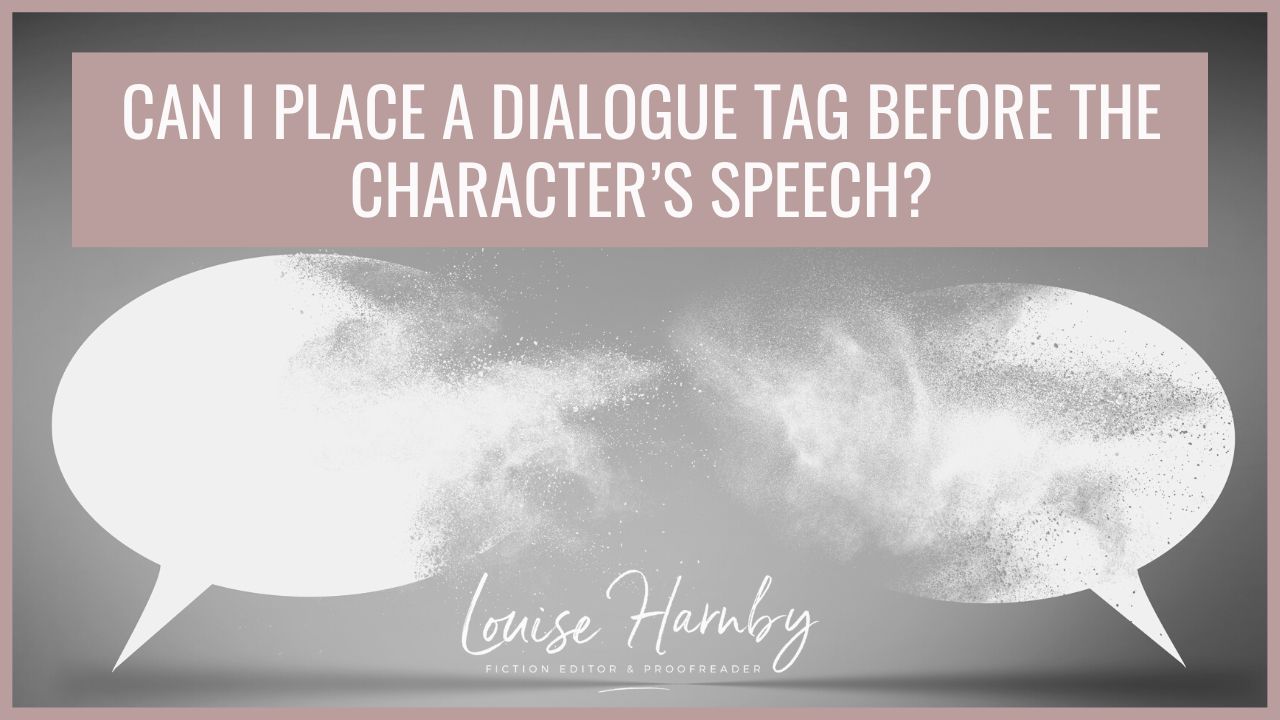
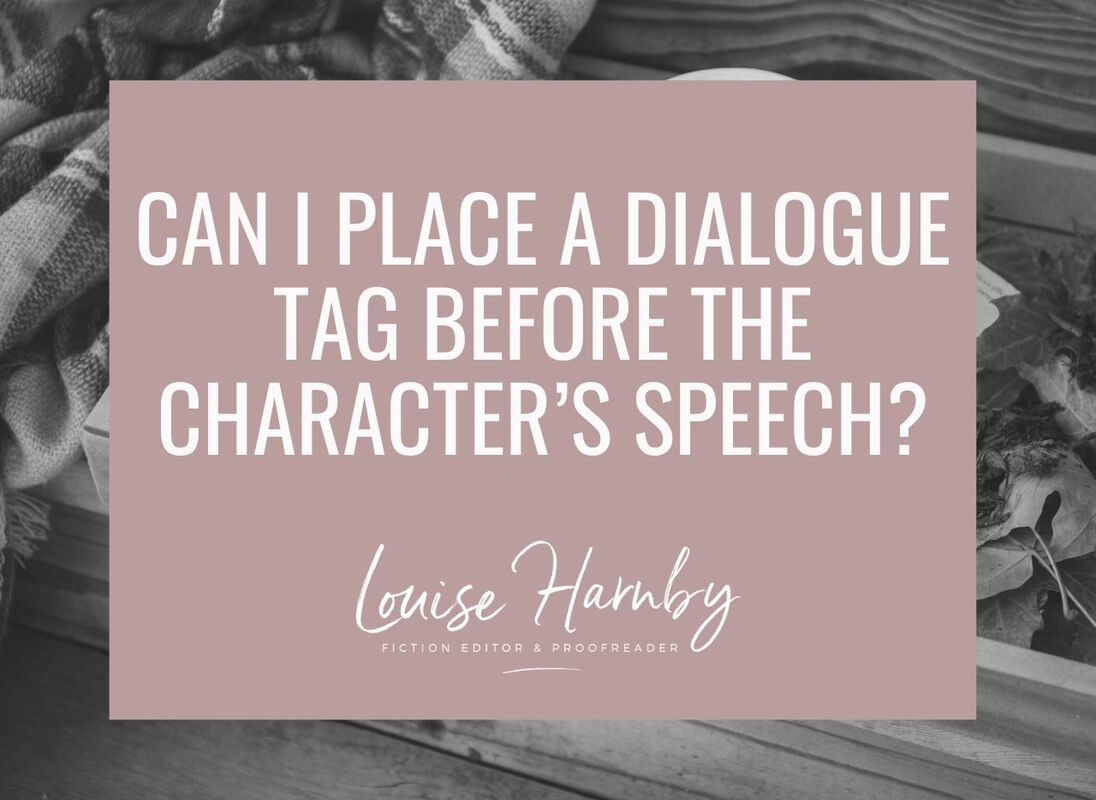
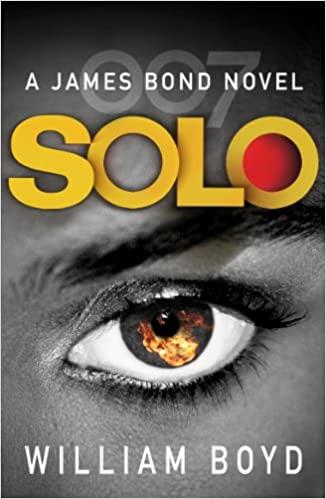
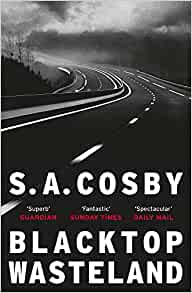
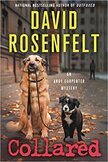
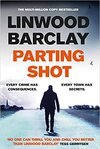
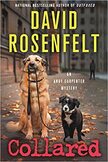
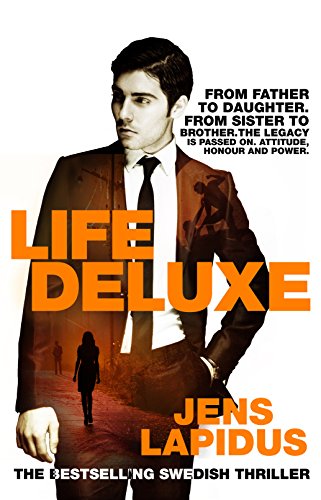













 RSS Feed
RSS Feed





